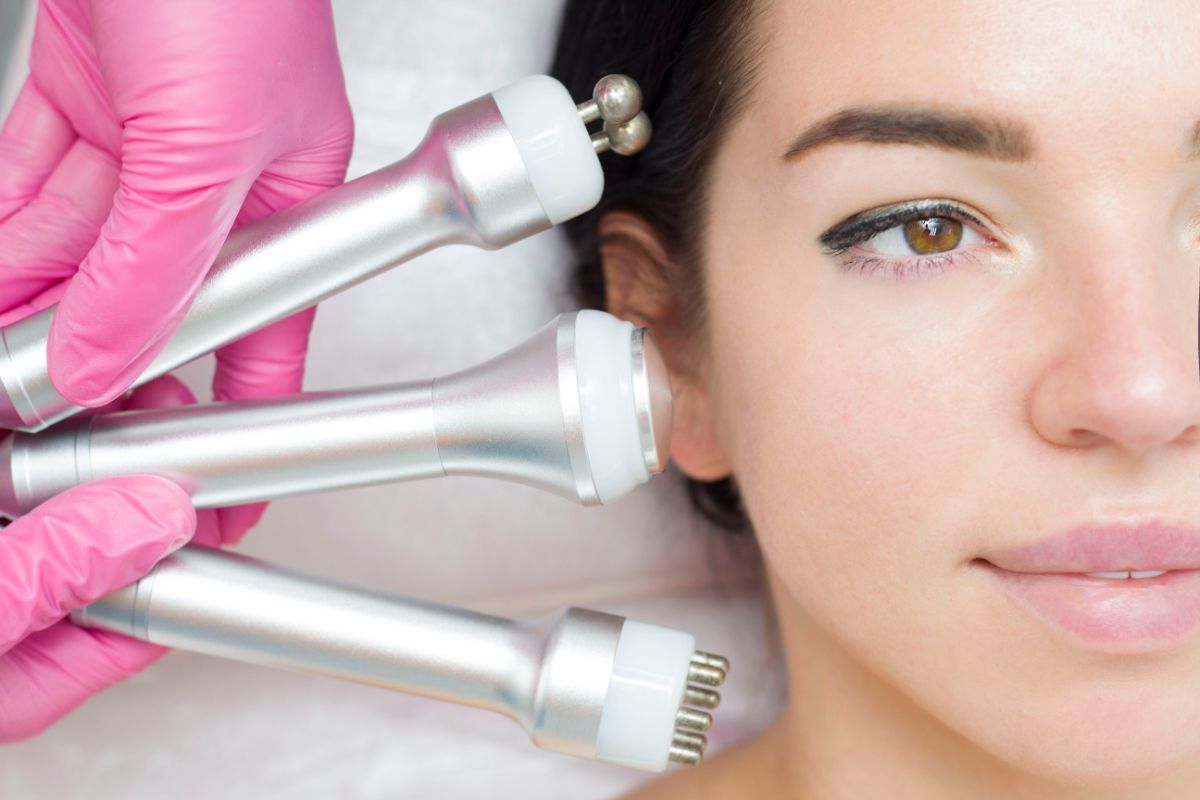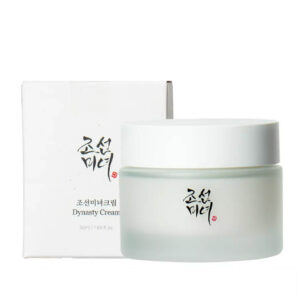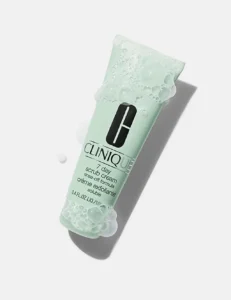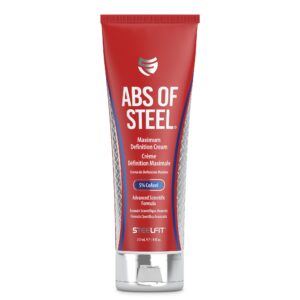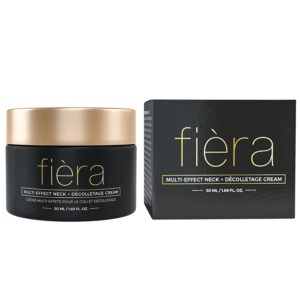Embarking on the road to recovery after surgery can be challenging, but with the specialized care provided by medical spa treatments, healing becomes a rejuvenating experience. In this guide, we explore how medical spa therapies play a pivotal role in post-surgery recovery. Discover the tailored treatments designed to promote healing, alleviate discomfort, and enhance overall well-being, making the recovery journey smoother and more comfortable.
Medical spas combine the traditional spa experience with a wide variety of medical and wellness treatments. Many medical spas have full-time onsite doctors.
While the speed at which a person heals after surgery is partly genetic and partly determined by the nature of the procedure, there are things patients can do to boost recovery. Following post-procedure care instructions, eating a healthy diet, and getting enough sleep all help to expedite recuperation.
Table of Contents
Scar Reduction Therapies
Scars are a natural part of the body’s healing process and, with proper care, should flatten out over time to blend in with skin tone. However, raised scars such as keloid and hypertrophic scarring can be disfiguring, especially in areas of the body where clothing or other irritants rub against the scar tissue. These scars can also restrict movement, depending on where they occur.
These types of scars can be a significant psychological, emotional and physical challenge for patients. Studies have found that they can have a negative impact on self-esteem, self-image and quality of life.4
A scar reduction therapy that can minimize the appearance of a raised scar is steroid injections, which work to break up collagen fibers and reduce thick tissue. These treatments can do at a medical spa and are highly effective for treating keloid and hypertrophic scarring.
Diminish fine lines and wrinkles
Besides reducing the appearance of scars, these injections can help diminish fine lines and wrinkles and can give your face a younger look. Injections of the botulinum toxin are another popular medical spa treatment that can reduce fine lines and wrinkles around the eyes, brows and lips.
Another scar reduction treatment is a topical application of retinol. This vitamin A compound can help reduce the thickness of scar tissue, while encouraging healthy skin cell growth. It’s available in many skin products and can purchase at most major drugstores. It’s important to follow the product directions to ensure safe usage and the best results.
Massage therapy
Massage therapy can improve blood flow to the affected area, which is critical for wound healing. This type of therapy can also relieve tension and discomfort. A skilled post-surgical massage therapist can use techniques to reduce pain and edema, break down scar tissue, promote faster healing and encourage a more even skin tone.
The foods you eat can also aid your recovery after surgery. Incorporating a variety of fruits and vegetables in your diet will provide your body with the nutrients it needs to heal. Some good choices include broccoli, kiwi, strawberries, tomatoes and oranges. Eating a diet rich in zinc can also promote healthy skin. This mineral is an essential element in the development of protein and the formation of cells. Zinc can find in meats, seafood, pumpkin seeds and dairy products.
You can further speed up your recovery by quitting smoking. Smoking impedes the circulation of oxygen and can increase your risk of infection after surgery. It can also complicate any anesthesia you’ll receive for your procedure. To avoid these complications, quit smoking at least 2-4 weeks before your surgery and stay smoke-free during your recovery.
Lymphatic Massage
The lymphatic system is the body’s immune support structure, removing bacteria and other harmful particles from cells. But sometimes, the lymphatic system isn’t working properly, which can cause excess fluid build-up and swelling in the area affected by injury or surgery. Lymphatic drainage massage used to help improve lymph flow and remove the fluid that builds up. This type of massage also stimulates the immune system and helps increase production of anti-inflammatory substances.
The massage involves gentle pressure and rhythmic movements that gently stretch the skin in areas where the lymphatic system is swollen. It is particularly helpful for people who have lymphedema, a condition in which the lymphatic system has stopped functioning properly and fluid accumulates in the tissues. This can happen after lymph nodes removed due to cancer treatment or when the lymph vessels become swollen from radiation. It can also happen in patients with rheumatoid arthritis, fibromyalgia and other chronic inflammatory conditions.
A lymphatic drainage massage encourages the movement of lymph fluid, which drains toxins from cells and the waste products of cell metabolism through the lymph nodes. It can also help prevent fibrosis, which is the formation of thick, fibrous scar tissue that occurs when the lymphatic system isn’t working well. It can also be helpful in preventing recurrent infections and in stimulating the body to heal after surgery.
Lymphatic drainage massage
Lymphatic massage especially beneficial for people with fibromyalgia, rheumatoid arthritis, chronic venous insufficiency and lipedema, a condition that causes fluid retention in the legs or arms. For people with these conditions, lymphatic drainage massage can improve circulation and reduce swelling in the limbs, making them feel lighter and more toned.
Inflammation is a normal response to an injury or surgery. But if inflammation becomes chronic, it can damage the body’s tissues and lead to disease. Lymphatic drainage massage stimulates the immune system to produce more anti-inflammatory molecules, which can reduce inflammation.
Although this type of massage not typically covered by medical insurance, it may reimburse under flexible spending or health savings accounts if your doctor deems it necessary for your post-surgery recovery. Also, some spas offer packages that include lymphatic drainage massage and other treatments to make it more affordable. Ask your doctor and massage therapist about which options are best for you. Then, sign up for a session or a package of treatments. This way, you can begin to reap the benefits of the healing and detoxing therapies immediately. And remember, always work with a licensed massage therapist who has training in lymphatic drainage. The therapist should be able to identify and address any signs of swelling or pain throughout the massage. This will ensure your safety and optimal results.
Emotional Support
During surgery and recovery, emotional support is critical. Many surgical patients experience anxiety, stress and depression after a procedure, particularly major procedures that require a hospital stay. In addition, the healing process can be lengthy and frustrating, especially for patients who are not able to work or care for children. To help address these issues, some medical spas offer psychosocial counseling or referrals to mental health professionals.
The type of treatment you receive will also have an impact on your recovery. For instance, if you choose a skin treatment such as laser hair removal or photofacials (which are also known as photorejuvenation), your skin will be sensitive during the first few days after treatment. Mild discomfort is normal, but over-the-counter pain relievers can help ease your comfort.
During your recovery, it is also important to get plenty of rest. While it may be tempting to ignore your doctor’s instructions and push yourself to resume activities right away, rest is vital to the healing process. Try to get the recommended 7-9 hours of sleep each night and take short naps throughout the day.
Eat healthy foods
It is also important to eat healthy foods that promote healing. Protein is essential to wound healing, so be sure to eat plenty of chicken, eggs and other proteins. Vitamin C is another nutrient that aids healing, so be sure to eat fruits such as strawberries and grapes. Finally, iron and B12 can help the body form new blood cells, so include fish and eggs in your diet.
Fatigue after surgery is a common side effect and can last for up to 24 hours after anesthesia or a major procedure. It can be challenging to focus and perform daily tasks, so it is best to avoid strenuous activity until your physician recommends it.
Some people lose their appetite following a surgery. This can be due to anesthesia, pain or nauseous feelings. If you are not eating well, your body cannot heal properly, so be sure to talk to your physician about what to do.
Medical Spas combine the benefits of spa treatments with the skill of trained medical staff and state-of-the-art therapy equipment. They also offer a more relaxing environment than a typical clinical setting, helping to create a calm, soothing atmosphere for your recovery.
Before scheduling an appointment at a medical spa, be sure to compare prices and research the types of services they offer. You will want to find a spa that offers competitive prices for the treatments you are interested in and is committed to keeping up-to-date with the latest technology and advancements. The cleanliness of the facility and the professionalism of the staff can also offer a good indication of the quality of services offered. Lastly, make sure that the medical spa you choose has an excellent track record of safety and certified by the appropriate state board.

